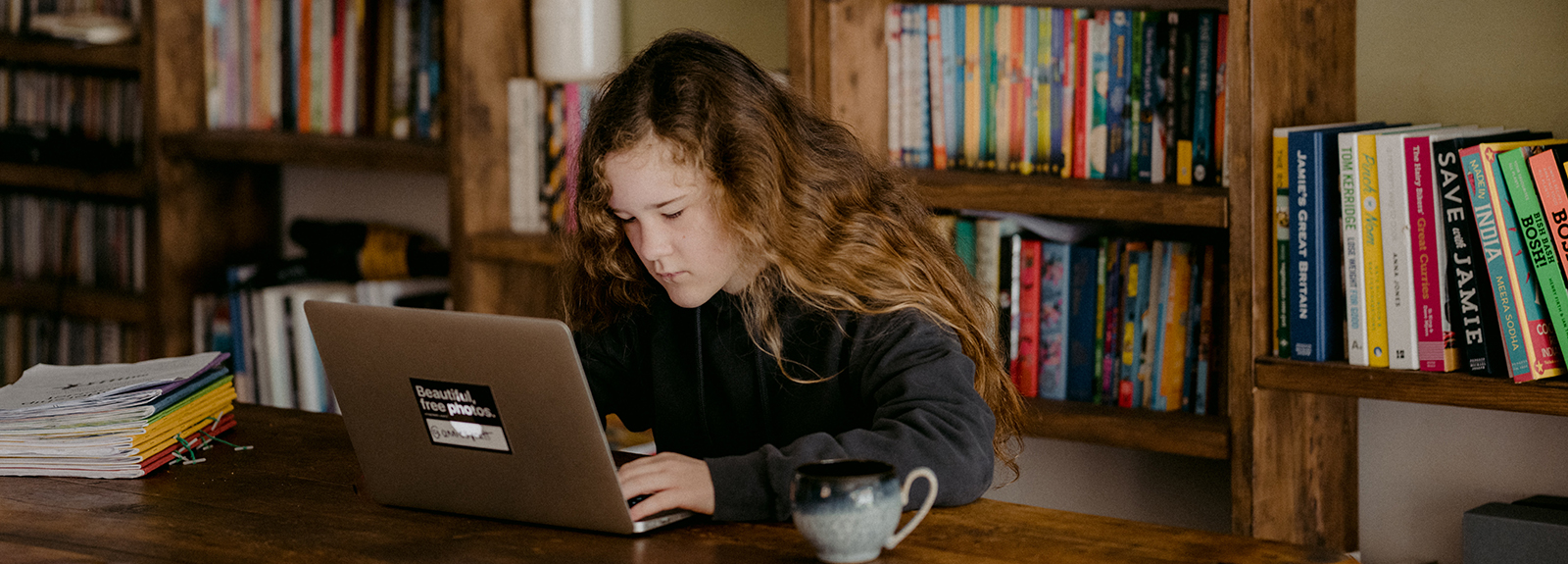- Can Animals Catch and Spread Coronavirus?
- Queen's University launches Covid-19 Research Roundtable video series
- Queen’s rising to the COVID-19 challenge: The importance of simulation in healthcare
- How much of the coronavirus does it take to make you sick? The science, explained by Dr Connor Bamford
- TEDxQueensUniversityBelfast: Adapt and Change
- Prepare to sleep and sleep to be prepared.
- Supporting Children in Isolation
- Supporting Pets During Lockdown
- Immunology and COVID-19: Shaping a better world podcast
- Global trading: the good, the bad and the essential
- Global food supply chains in times of pandemic
- The impact of lockdown on isolation and loneliness
- Cancer Care in the Era of COVID-19
- ‘Giant’ of astronomy to host live school lessons
- How the pandemic is further alienating the disabled community
- COVID-19 and Older People: Shaping a better world podcast
- Engaging your child to learn during lockdown
- Stay well: Our expert guide to wellbeing during lockdown
- Working parents are feeling the strain of lockdown
- How is coronavirus affecting animals?
- The Coronavirus Act: Where it Falls Short
- Economic rebirth after COVID-19
- Coronavirus and the new appreciation of teachers
- ‘Make room for fun’: home-schooling for parents
- Why a collaborative research culture is needed to address the COVID-19 challenge
- COVID-19: Don’t bank on a rapid economic recovery
- Explained: the importance of behavioural responses when implementing a lockdown
- COVID-19: Curbing a loneliness epidemic
- How soap kills the COVID-19 virus
- An expert’s guide to working from home
- How to exercise safely during a pandemic
- Five tricks your mind might play on you during the COVID-19 crisis
Engaging your child to learn during lockdown
With the news that two thirds of school children haven’t logged into online lessons, Professor Karola Dillenburger, Director of the Centre for Behaviour Analysis at Queen's offers tips and advice to help your child overcome barriers and learn something new.
After the Easter break, when children ordinarily would have returned to school, many parents will have experienced a sense of dread at the prospect of resuming home-schooling lessons. While teachers have gone above and beyond gathering packs and online learning resources for children to access at home, momentum will have slowed in many households as we enter a third calendar month on lockdown.
Whether it’s motivating your child to access school materials or luring them away from the X-Box for a more meaningful activity, it’s not easy engaging your child to learn – especially as many parents are also juggling homeworking themselves. A recent poll from the Sutton Trust found that just two thirds of school children had logged onto online lessons.

Professor Karola Dillenburger, Director of the Centre for Behaviour Analysis at Queen's is a leading expert in the science of behaviour analysis. She notes that, with the exception of home-schooled children and employees who normally work from home, most of us are learning new behaviours as a result of our new domestic dynamic.
“In this lockdown situation, we find ourselves behaving in a way we wouldn’t normally behave,” says Prof Dillenburger. “We’re not normally locked into the house. With any new behaviour, we have to learn them, and so do the kids.”
Define your expectations
We shouldn’t expect our kids to just fall in line and understand immediately what is expected of them in the new normal. Instead, we need to set clear boundaries.
“When we need to learn a new behaviour, we clearly outline what the behaviour is,” explains Prof Dillenburger. “The kids also need to learn a new behaviour. We could all slip into this idea of just expecting things from each other and not being clear about it, so be clear exactly what your expectations are.”
She adds, “Define the behaviour that you want the other person to engage in, that will stop a lot of fighting potentially and a lot of conflict… Define the behaviour very, very clearly, so everybody knows what is expected and when it is expected.
“If you need them to tidy up, for example, tell them: ‘I need you to tidy this up and I need you to that before dinner.’ Give them time to do it but define it very clearly, be very clear.”

Show, don’t tell
Rather than just telling a child to do something, we need to show them. How you do this depends on their knowledge and what their needs are.
“If your child has all the skills to do the behaviour, then you might model it once, show them once and then they can do it,” says Prof Dillenburger. “We call that ‘Total Task Presentation,’ so I basically show them the whole task and then they can do it. Then it’s a case of making sure they do it often enough or for a long enough a duration.”
However, it might be that you are dealing with a subject or task that your child finds more difficult, in which case there are other behavioural tools you can employ.
“Quite often, we actually run into problems because somebody doesn’t have the skills to do what they need to do,” says Prof Dillenburger. “We need to teach them the skills and we need to teach them the skills in small steps. Break it into small steps.”
Break it into small steps
It might not be subject-based learning that your child is struggling with, but rather engaging them with activities that spark their imagination or make them feel connected, whether it be a 1,000-piece jigsaw, learning an instrument or a Tik Tok dance routine.
Prof Dillenburger has this advice “Write a task analysis, which is basically a list of all the different skills that are needed for this particular task to be completed, the steps it would take to get the task done.”
The number of steps listed depends on the skills level, but you then connect the steps together in a process known as ‘chaining’.
“Chaining connects the steps like a chain,” says Prof Dillenburger. “Sometimes you need loads and loads of steps, really detailed. And sometimes you just need three of four steps, but you want to maybe teach each step at a time.”
Teaching independence
There are two ways of teaching through chaining: ‘backwards chaining’ and ‘forwards chaining’.
“In ‘backwards chaining’, basically, together you do all the steps and you let them do the last step on their own, and then you give them plenty of praise, plenty of what we call ‘positive reinforcement’. You give them plenty of attention for example, by saying, ‘Yeah, you’ve done that really well.’”
For younger children, this could be as simple as breaking down everyday tasks like dressing, brushing teeth or tying shoelaces into small steps you do together and letting them do the last step independently, or it could be sorting laundry for an older child to pop in the machine. “The next time you do all the steps together, and you let them do the last two steps. And the more they learn, the less you help them with the steps until they can finally do all of the steps,” says Prof Dillenburger.

Adding, “Alternatively, you can do it the other way round (‘forward chaining’): you let them do the first step, and then you finish it with them together.”
This could be letting them write the first letter of their name while you finish it, for example, or starting them on a tricky maths problem. Whatever the task, encouragement is key says Prof Dillenburger.
“Help them, prompt them, guide their hand, or you give them verbal prompts,” she adds.
It’s also important to bear in mind that not all learning has to be academic. You can use these techniques outside of academic work to encourage your child to play, explore, experiment and create.
“Learning new tasks when we’re in lockdown can actually be a lot of good fun. You could have fun with the behaviours that you actually need to learn, but you could also have fun with other new behaviours,” says Prof Dillenburger. “And you can try and learn these new behaviours through a task analysis, writing down the clear definition of the behaviour, all the steps, and then either teach it in one go or teach it step by step.”
WATCH: Lockdown Learning | How To Teach Your Child New Behaviours
